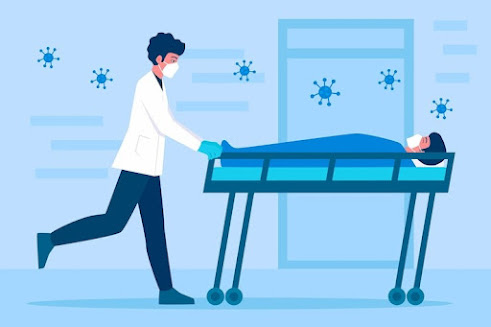The Revolutionary Learning Tool: Exploring Virtual Human Dissection
In the field of education and scientific discovery, advancements in technology have continuously transformed the way we learn and understand complex subjects.
One such groundbreaking innovation is the Virtual Human Dissection, a revolutionary learning tool that has completely reshaped the study of human anatomy and medical education. This cutting-edge technology includes high-fidelity 3D models to provide an unparalleled learning experience for students, medical professionals, and researchers alike.
These detailed 3D models allow students to dissect and examine various organs, systems, and structures with unprecedented precision. This innovative approach enhances understanding and fosters a deeper appreciation for the complexity and beauty of our anatomical makeup.
Virtual human dissection also addresses ethical concerns associated with traditional cadaver-based learning methods. By eliminating the need for real bodies, this technology respects cultural sensitivities while still providing an immersive educational experience.
In this blog, we will explore the fascinating world of Virtual Human Dissection and its significant impact on education and the medical field.
Better than Traditional Method
Traditional methods of learning human anatomy have often involved using cadavers for dissection in medical schools. While cadaver dissection has its benefits, it also comes with numerous limitations, such as the scarcity of cadavers, ethical concerns, and the inability to repeat dissections for further practice.
Virtual Human Dissection solves these problems by offering a limitless supply of virtual bodies that can be dissected multiple times without compromising ethical considerations.
Inclusivity and Accessibility
Accessibility to quality education has been a challenge for many aspiring medical students, especially those in remote or underserved areas.
Virtual Human Dissection is a game-changer in this regard, as it breaks down geographical barriers and offers equal opportunities for students from all backgrounds to access top-notch medical education.
Real-time Interactivity and Personalized Learning
Virtual Human Dissection not only allows students to explore the human body at their own pace but also offers real-time feedback and guidance. This adaptability tailors the learning experience to individual needs, ensuring a comprehensive understanding of complex anatomical structures.
Innovation in Research and Medical Training
Beyond its impact on education, Virtual Human Dissection has revolutionized medical training and research. Surgeons and medical practitioners can use this tool to practice surgical procedures and plan complex operations on virtual patients.
By simulating realistic scenarios, doctors can refine their skills, reduce medical errors, and improve patient outcomes. Additionally, researchers can employ this technology to study human anatomy and pathology more comprehensively, leading to breakthroughs in medical science.
Ethical Advancements
Virtual Human Dissection has resolved long-standing ethical dilemmas in medical education. With the availability of virtual bodies, the need for using real cadavers has diminished, alleviating concerns about the ethical treatment of the deceased.
This technology encourages a culture of respect and sensitivity towards the human body, fostering a greater appreciation for anatomical study without compromising on ethical principles.
Furthermore, virtual human dissection provides a safe environment for experimentation and exploration. Mistakes made during dissections can be easily rectified without any harm to real specimens or ethical concerns. This allows students to gain confidence in their practical skills while honing their anatomical knowledge.
India’s First Virtual Human Dissection Table
Cadaviz, India’s first virtual human dissection table, also the most advanced one, allows medical students to get hands-on like practice through a virtual full-sized human body. They can visualize and get a detailed observation of every structure present in the human body.
Why to proceed for Cadaviz?
- Eliminates the problem of cadaver shortage.
- Allows learning anatomy in an immersive environment.
- Visualize and rotate any organ with a full 360* view.
- Peel off layers to know the underlying layers.
- Step-by-step instructions are given to perform dissection.
- No foul smell while learning anatomy.
- Designed to match the medical syllabus.
- Loaded with quizzes and practicals to enhance learning.
Cadaviz, truly possesses the power to unveil the future of anatomy through virtual human dissections.
Conclusion
As we continue to embrace technological innovations in education, virtual human dissection stands at the forefront as a transformative learning tool that will shape the future of medical training.
With Cadaviz, a Virtual Human Dissection table, the future of learning is truly in the palms of our hands, empowering the next generation of medical professionals to explore the wonders of the human body like never before.
Writer – Sheetal Ankam
Subject Matter Expert(Biology)











Comments
Post a Comment